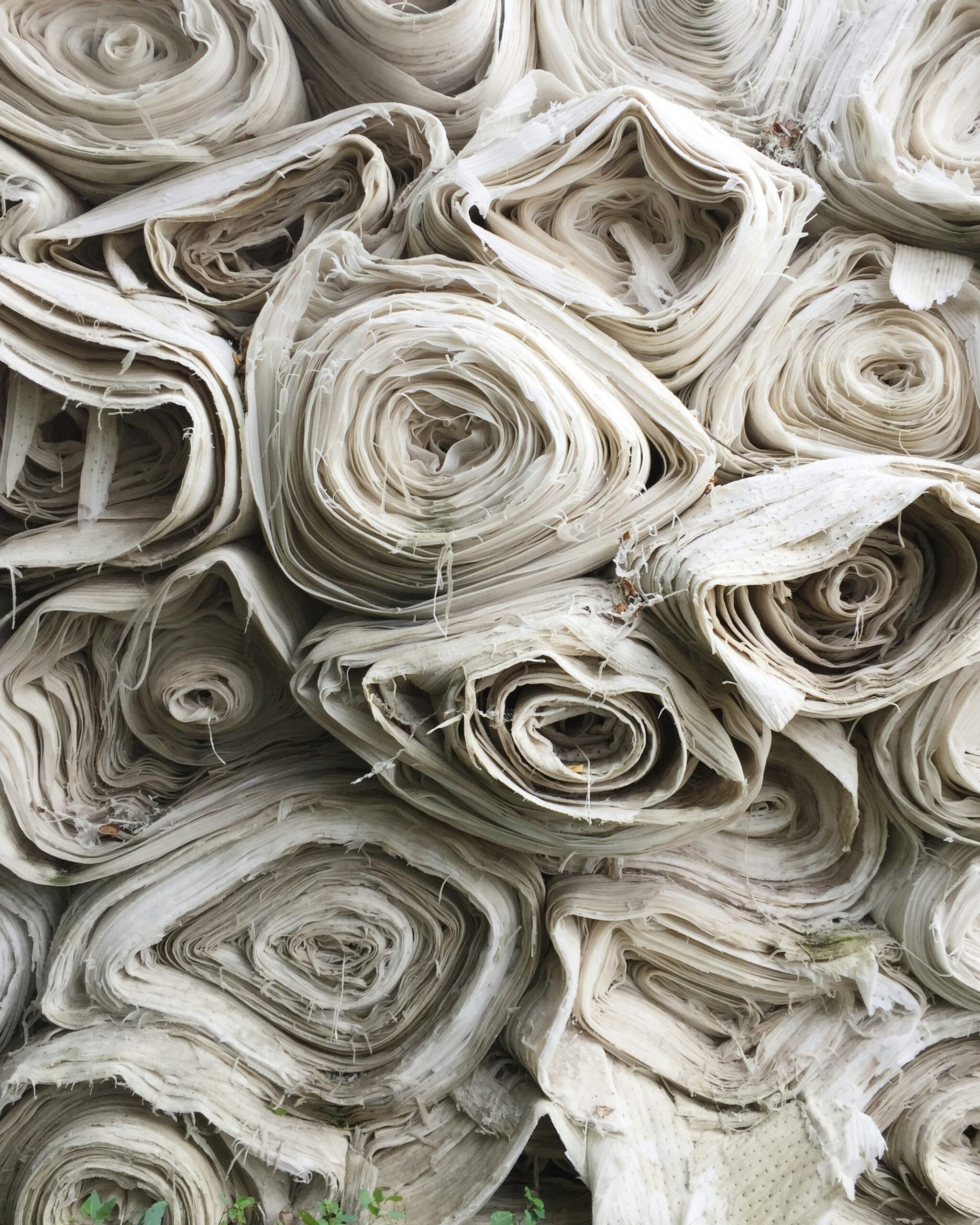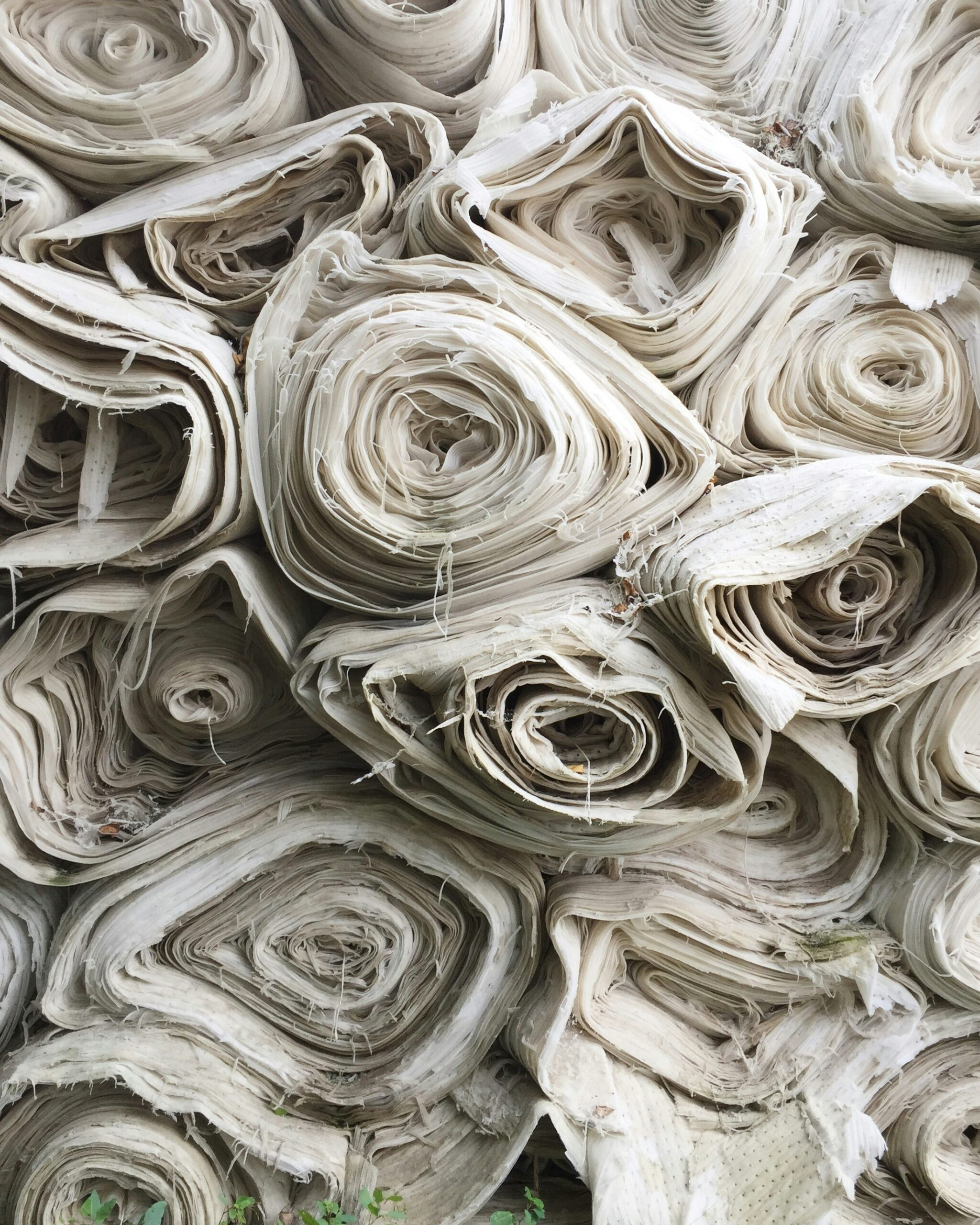Your cart is currently empty!

Exploring the World of Fabrics: Types and Their Uses in Clothing

Introduction to Fabric Types
Fabrics play a crucial role in clothing design and manufacturing, serving as the primary medium through which garments are constructed. The choice of fabric can significantly influence the overall aesthetics, comfort, durability, and functionality of clothing. In essence, different types of fabrics cater to diverse needs, with particular characteristics making them suitable for various uses. Understanding the distinctions between fabric types is essential for designers, manufacturers, and consumers alike.
Fabrics can be broadly categorized into two main groups: natural fibers and synthetic fibers. Natural fibers, derived from plants and animals, include cotton, linen, wool, and silk. Each of these materials possesses unique qualities; for example, cotton is known for its breathability and softness, while wool is prized for its insulation properties. The use of natural fibers often contributes to sustainability and eco-friendliness in fashion, appealing to environmentally conscious consumers.
On the other hand, synthetic fibers, such as polyester, nylon, and acrylic, are man-made materials engineered to exhibit specific traits. These fabrics often offer advantages like increased durability, resistance to wrinkles, and lower maintenance requirements. Additionally, synthetic fabrics can be produced more cheaply and in a wider variety of colors and patterns than their natural counterparts, making them a popular choice in fast fashion and everyday wear.
When selecting the appropriate fabric for a particular garment, factors such as climate, occasion, and personal preference come into play. A comprehensive understanding of the various types of fabrics and their respective properties enables designers to make informed choices that enhance the end-user’s experience. This foundational knowledge will pave the way for a deeper exploration of specific fabric types and their applications in the following sections of this blog post.
Natural Fabrics: Characteristics and Examples
Natural fabrics are derived from organic sources, primarily plants and animals, providing a unique blend of comfort, durability, and aesthetic appeal. Among the most commonly used natural fabrics are cotton, linen, wool, and silk, each possessing distinct characteristics that cater to different clothing requirements.
Cotton is renowned for its breathability and softness, making it an ideal choice for a wide range of clothing items, from casual t-shirts to formal shirts. Its absorbent nature allows for good moisture control, lending comfort in warm conditions. However, cotton can shrink and wrinkle easily, which may require careful washing and ironing.
Linen, derived from flax plants, boasts a natural luster and is known for its excellent breathability, which helps keep the wearer cool. It has a slightly coarse texture that softens with use, adding a relaxed elegance. Nonetheless, linen is prone to creasing, which may not appeal to all consumers. Its strength and durability, however, make it a sustainable option, as it tends to last longer than many synthetic counterparts.
Wool, harvested from sheep and other animals, is versatile and remarkably insulating. It regulates temperature effectively, making it suitable for both cool and warm climates. Wool is also naturally moisture-wicking, which provides comfort even in humid conditions. Despite its many benefits, care for wool can be demanding, as it often requires hand washing or dry cleaning to retain shape and texture.
Finally, silk is a luxurious fabric known for its softness, sheen, and lightweight properties. It drapes beautifully and feels elegant against the skin. Silk’s natural temperature regulation helps maintain comfort year-round. However, it can be challenging to care for since it is vulnerable to water stains and color fading if not handled properly. Thus, while natural fabrics offer distinctive advantages, understanding their individual characteristics and care requirements is essential for maximizing their use in clothing.
Synthetic Fabrics: Innovations and Uses
Synthetic fabrics have transformed the landscape of clothing through innovative technology and engineering. Composed primarily of petrochemicals, materials such as polyester, nylon, spandex, and acrylic have gained prominence due to their unique properties and versatility. Polyester, for instance, is known for its durability and resistance to wrinkling, making it a popular choice in casual wear and activewear. Nylon is celebrated for its exceptional strength and elasticity, often used in outdoor gear and sports apparel. Spandex, renowned for its incredible stretchability, frequently appears in form-fitting clothing such as athletic wear and jeans, providing comfort and freedom of movement.
Innovation in synthetic fabrics has led to the development of various functionalities tailored to specific needs. Moisture-wicking textiles draw sweat away from the skin, providing comfort during physical activities, while breathable materials enhance airflow, ensuring wearers stay cool and dry. Additionally, advancements in fabric technology have resulted in waterproof and wind-resistant garments, catering to outdoor enthusiasts who require protection against the elements. As fashion trends evolve, the demand for synthetic fabrics continues to grow, proving their significance in contemporary clothing design.
Despite their numerous advantages, synthetic fabrics also raise environmental concerns. The production processes are often energy-intensive, and the disposal of these materials can contribute to pollution. In recent years, however, strides have been made toward incorporating sustainability within the industry. Innovations such as biodegradable synthetics and recycling programs aim to reduce the ecological footprint of synthetic fabrics. Companies increasingly focus on creating fabrics derived from recycled plastics and implementing eco-friendly production methods, reflecting a growing awareness of sustainable practices in the fashion industry.
Choosing the Right Fabric for Your Needs
Selecting the appropriate fabric for clothing is a crucial decision that influences both the functionality and style of the garment. To ensure a satisfactory choice, it is important to consider several factors, including climate, occasion, and personal preference. Different fabrics provide unique qualities catering to specific needs, making informed choices essential.
Climate plays a significant role in fabric selection. For example, lightweight and breathable materials such as cotton and linen are ideal for warm weather, as they allow air circulation and provide comfort. In contrast, heavier fabrics like wool and fleece offer warmth and insulation, making them suitable for colder climates. Understanding the weather conditions you will encounter can guide you in selecting a fabric that suits your lifestyle and keeps you comfortable throughout the day.
The occasion also influences fabric choice. Formal events may call for luxurious materials such as silk or satin that elevate the aesthetic appeal of the outfit. Conversely, casual outings can be complemented by more laid-back fabrics like jersey or chambray, which provide ease of movement and a relaxed appearance. Tailoring your fabric selection to the occasion ensures that your clothing aligns with social expectations while allowing you to express your individual style.
Furthermore, striking a balance between comfort, durability, and aesthetics cannot be overstated. Fabrics that feel good against the skin, such as modal or bamboo, enhance the overall wearing experience. However, it is essential to consider the longevity of the fabric as well, particularly for everyday wear. Fabrics that maintain their shape and color over time, such as polyester blends, often offer a practical solution for those who prioritize durability without sacrificing style.
In conclusion, choosing the right fabric involves a thoughtful evaluation of various factors such as climate, occasion, personal style, comfort, and durability. By taking these aspects into account, shoppers can make informed decisions that enhance both their wardrobe and overall satisfaction with their clothing selections.
Leave a Reply